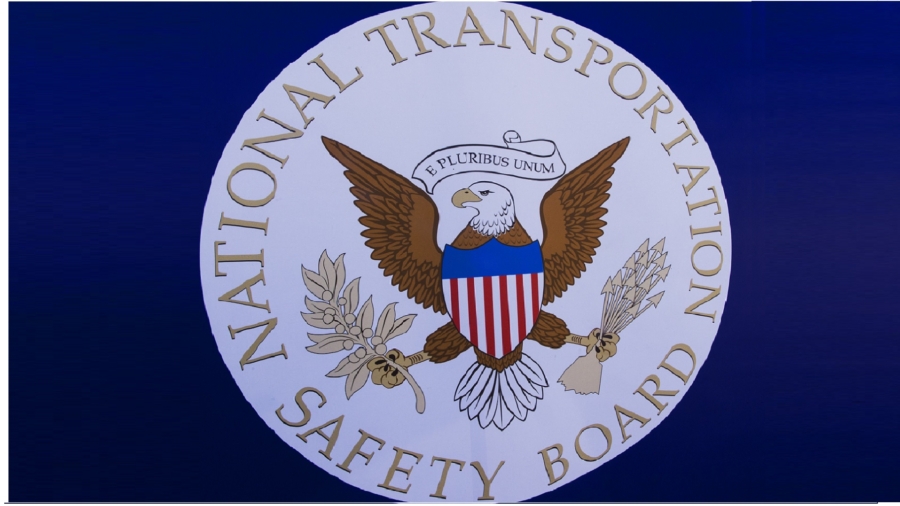The National Transportation Safety Board (NTSB) has recommended that “alcohol impairment detection systems” be fitted into all new vehicles in the United States to prevent an intoxicated person from getting behind the wheel.
The recommendation comes following an investigation into a crash near Avenal, California on Jan. 1, 2021, that killed nine people, including seven children.
Investigators found that the driver of the vehicle lost control because of a “high level of alcohol impairment,” with NTSB noting that his blood alcohol concentration was more than double California’s limit of 0.08 grams per deciliter.
In a press release on Sept. 20, NTSB said that as a result of the investigation into that crash, the agency is recommending a string of new in-vehicle technologies that “can limit or prohibit impaired drivers from operating their vehicles” as well as technologies aimed at preventing drivers from speeding.
“Technology could’ve prevented this heartbreaking crash — just as it can prevent the tens of thousands of fatalities from impaired-driving and speeding-related crashes we see in the U.S. annually,” said NTSB Chair Jennifer Homendy. “We need to implement the technologies we have right here, right now to save lives.”
Such technologies include “passive vehicle-integrated alcohol impairment detection systems,” as well as “advanced driver monitoring systems” or a combination of both that would prevent or limit vehicle operation if a driver is over the legal alcohol limit.
The NTSB, which has no regulatory authority and can only ask other agencies to act, is recommending that the National Highway Traffic Safety Administration (NHTSA) require all new vehicles to be equipped with such systems.
Additionally, NTSB said vehicle manufacturers and consumers should be encouraged to “adopt intelligent speed adaptation systems” in an effort to prevent speed-related crashes.
NTSB noted that this is a reiteration of a previous recommendation made by the agency to NHTSA.
Road Traffic Crashes Leading Cause of Death
If enacted, the recommendations could serve to reduce the number of alcohol-related crashes. According to the Centers for Disease Control and Prevention (CDC), road traffic crashes are a leading cause of death in the United States for people aged 1–54.
On a global basis, almost 3,700 people are killed every day from crashes involving cars, buses, motorcycles, bicycles, trucks, or pedestrians, according to the CDC.
According to NHTSA, driving under the influence of alcohol remains a leading cause of injury-involved highway crashes, with an estimated 11,654 fatalities occurring in 2020 owing to alcohol-impaired crashes; marking a 14 percent increase compared to the 10,196 individuals who died because of alcohol-impaired crashes a year prior.
There were also 11,258 deaths as a result of crashes in which at least one driver was speeding, according to NHTSA, which noted that speeding increases both the likelihood of a crash as well as the severity of injuries sustained in a crash.
Under last year’s $1 trillion infrastructure law, Congress required that the U.S. Transportation Department set a technology safety standard within three years while granting automakers at least another two years to comply. That is provided that the new requirements are “reasonable, practicable, and appropriate.”
NTSB has also called for the lowering of the blood alcohol concentration limit to 0.05 g/dL or lower, down from 0.08 g/dL.
Additionally, the agency has called for alcohol ignition-interlock devices for people convicted of DUIs and recommended that regulators improve drug toxicology testing.
If implemented, it is unclear what, if any, financial impact such systems would have on the price of new vehicles in the country.
The Epoch Times has contacted the NTSB for comment.
From The Epoch Times

